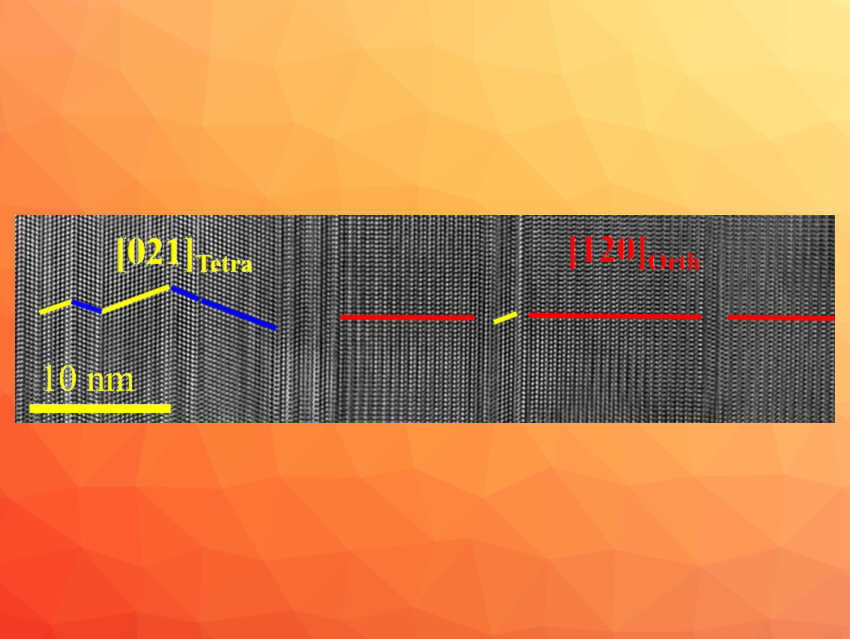To convert heat into electricity, easily accessible materials from harmless raw materials could be used to develop safe and inexpensive thermoelectric materials. A synthetic copper mineral acquires a complex structure and microstructure through simple changes in its composition, thereby laying the foundation for the desired properties, according to Emmanuel Guilmeau, CRISMAT (CNRS, ENSICAEN, Université de Caen Normandie), Caen, France, and colleagues.
Synthetic Sulfide Mineral with Thermoelectric Properties
The new synthetic material is composed of copper, manganese, germanium, and sulfur, and it is produced in a rather simple process, explains Guilmeau. “The powders are simply mechanically alloyed by ball-milling to form a precrystallized phase, which is then densified at 600 °C. This process can be easily scaled up,” he says.
Thermoelectric materials convert heat to electricity. This is especially useful in industrial processes where waste heat is reused as valuable electric power. The converse approach is the cooling of electronic parts, for example, in smartphones or cars. Materials used in this kind of application have to be not only efficient, but also inexpensive and, above all, safe.
Nontoxic Materials
However, thermoelectric devices used to date make use of expensive and toxic elements such as lead and tellurium, which offer the best conversion efficiency. To find safer alternatives, the team turned to derivatives of natural copper-based sulfide minerals. These mineral derivatives are mainly composed of nontoxic and abundant elements, and some of them have thermoelectric properties.
The team produced a series of thermoelectric materials showing two crystal structures within the same material. “We were very surprised at the result. Usually, slightly changing the composition has little effect on the structure in this class of materials,” says Guilmeau.
Interconnected Nanodomains
The team found that replacing a small fraction of the manganese with copper produced complex microstructures with interconnected nanodomains, defects, and coherent interfaces, which affected the material’s transport properties for electrons and heat.
The novel material produced is stable up to 400 °C, a range well within the waste heat temperature range of most industries. Guilmeau is convinced that based on this discovery, novel, cheaper, nontoxic thermoelectric materials could be designed to replace more problematic materials.
- Engineering Transport Properties in Interconnected Enargite-Stannite Type Cu2+xMn1−xGeS4 Nanocomposites,
V. Pavan Kumar, S. Passuti, B. Zhang, S. Fujii, K. Yoshizawa, P. Boullay, S. Le Tonquesse, C. Prestipino, B. Raveau, P. Lemoine, A. Paecklar, N. Barrier, X. Zhou, M. Yoshiya, K. Suekuni, E. Guilmeau,
Angew. Chem. Int. Ed. 2022.
https://doi.org/10.1002/anie.202210600


